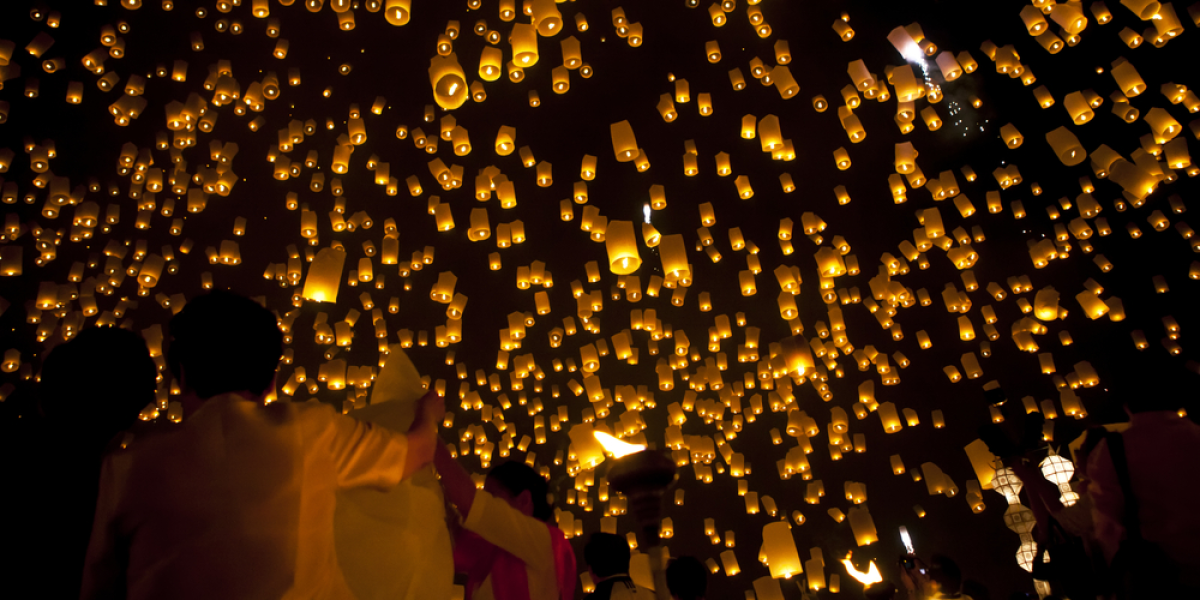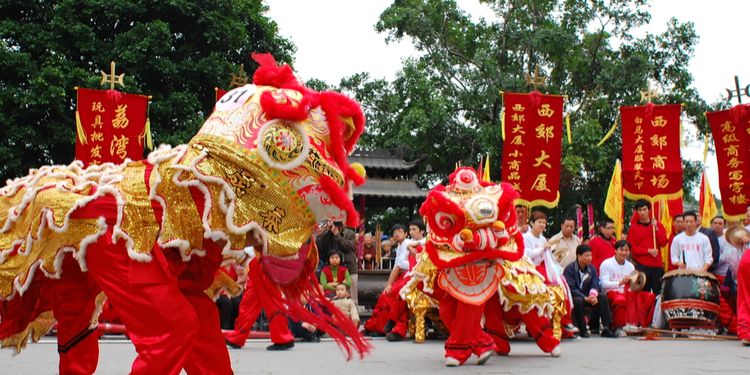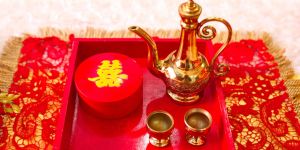
New Year celebrations are already over and you're probably missing those parties with friends and family. However, it may not be over yet if you're living overseas. In fact, many countries and cultures around the world welcome the New Year at different times of the year. Expat.com has compiled a list of New Year celebrations around the world so that you won't miss out on anything and, at the same time, allows you to discover new customs and traditions!
The Chinese Spring Festival

The Chinese New Year, also known as the Spring Festival, commemorates the spring harvest season, and is just around the corner. Celebration usually last a fortnight, not only in China but also in other Asian countries such as Indonesia and Vietnam. The Spring Festival generally comes between January 21st and February 20th according to the Gregorian calendar. Each year is named after one of the Chinese zodiac animals. While 2017 was known as the Year of the Rooster, 2018 will be the Year of the Dog. During the Spring Festival, the youngest family members receive a red envelope filled with money. Houses and streets are decorated with beautiful red lanterns while people disguised as brightly coloured dragons dance in the streets to the rhythm of traditional music. Moon cakes are part of the traditional food served on the occasion, and firecrackers play a big role as well.
Seollal in South Korea

Seollal is quite similar to the Chinese Spring Festival and is also celebrated between January 21st and February 20th . During this festival which usually lasts for three days, South Koreans are dressed in traditional clothes and visit their family in their native villages. The jeol is a custom whereby children bow to their parents and grand-parents as a sign of respect and are rewarded with an envelope containing money. Charye is another popular ancient ritual, consisting mainly of tea offering. Men and children will then fly kites and play traditional games such as the yunnori. If you are currently living in South Korea, the Seollal will be an opportunity for you to discover traditional dishes such as the teokguk and the manduguk.
Diwali and Indian New Years

Diwali, or the festival of lights, is considered as the Hindu New Year. Being the most significant festival in India and among Hindus around the world, it is generally celebrated between October and November. On the occasion, houses and streets are decorated with light guarlands and lamps. Dressed in new clothes, those who celebrate go around the neighbourhood to greet each other and distribute Diwali sweets. However, India being a huge country comprising of various communities, religions and cultures, New Year comes at different periods in different states. In South India – especially in the States of Karnataka, Telengana and Andhra Pradesh, Ugaadi marks the begining of a new year according to the lunar calendar. One cannot celebrate Ugaadi without tasting the traditional pachadi, a sweet and sour mango chutney. Gudi Padwa, celebrated on the same date, is the New Year in Maharashtra. Tamil Nadu, like other countries with Tamil communities such as Sri Lanka, Malaysia and Singapore, celebrate Putaandu on April 14.
Songkran Bhuddist New Year

In Thailand, the Buddhist New Year, known as Songkran, usually occurs between April 12 and 15 depending on the lunar calendar. Songkran, also known as the Water Festival, is also celebrated in Myanmar, Cambodia and Laos. While traditions are quite similar to the Chinese Spring Festival and Seollal, in Thailand people sprinkle their hands with scented water as a sign of respect for the elderly. Songkran results in a vibrant atmosphere in major cities such as Chiang Mai, as well as in Pattaya where tourists come over in large numbers to watch or take part in the famous water battles. According to the custom, the Thai people bring bowls of sand to the temples to build sand pagodas, due to the tradional belief that they may have inadvertently carried away sand throughout the year.
Nyepi in Bali

If you have moved to Bali, in Indonesia, you might be interested in experiencing the Balinese New Year known as the Nyepi. This festival is based on the sakal calendar and is usually held in March on the same day as Ugaadi and Gudi Padwa in India. Nyepi is mainly a day of silence, meditation, and fasting for 24 hours starting from 6 am. On that day, everything is closed, except for hospitals and emergency services. You will rarely see people in the streets or in public places, nor hear the radio or television. On top of that, the Tourist Police goes on patrol to make sure that visitors and expats are abiding to the customs. However, on the eve of Nyepi, you can admire an impressive procession of the Ogoh-Ogoh, statues of mythological creatures.
Enkutatash in Ethiopia

In Ethiopia, Enkutatash is usually celebrated on September 11th, or on the12th during a leap year. Enkutatash marks three events, namely the end of the rainy season, the commemoration of Saint John, and the arrival of the Queen of Sheba in Jerusalem. On that date, Ethiopians, especially children, wear new clothes, pay a visit to their family and friends, and exchange gifts. Many events and activities such as concerts, dance shows, and fireworks are also organised.
Rosh Hashanah

Rosh Hashanah marks the begining of a new year in Israel. It is also known as the “Day of Shouting”. According to the Bible, Rosh Hashanah is also the day of the judgement of humanity. On the occasion, a particular custom called the shofar is observed. The shofar is a ram's horn that is blown on different rhythms to invite people to engage in introspection and repentance. This is usually followed by a traditional meal which includes apples dipped in honey.



















